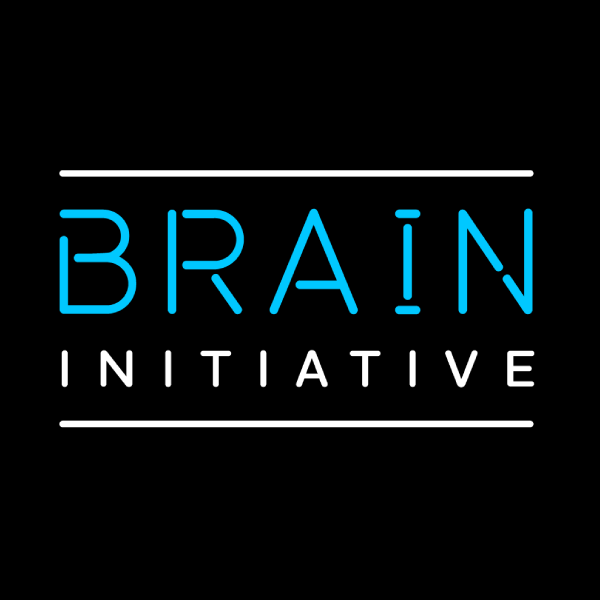
Since 2019, scientists and experienced proofreaders have utilized FlyWire to proofread AI segmentation of a full fly brain (Dorkenwald et al., Zheng et al.). As of October 2024, the flagship FlyWire paper, Neuronal wiring diagram of an adult brain, has been published in Nature, which includes 139,255 proofread neurons (Dorkenwald et al.). The companion papers include hierarchical annotation of all proofread neurons (Schlegel et al.) and a comprehensive cell type catalog of the visual system (Matsliah, Yu et al.).
Automatically extracted presynaptic and postsynaptic tags have been applied to all putative connections in the brain (Buhmann et al.), and the dominant neurotransmitter assigned for most neurons (Eckstein et al.).
Explore the connectome and its annotations in Codex.

Community of neurobiologists, computer scientists, and proofreaders who build and curate the first whole brain connectome for Drosophila in FlyWire. Join FlyWire and contribute community data for your lab to appear.

Core support for FlyWire came from the National Institutes of Health (NIH), Wellcome Trust, Medical Research Council (MRC), National Science Foundation (NSF), Princeton Neuroscience Institute (PNI), Intelligence Advanced Research Projects Activity (IARPA), Google, and Amazon. The Murthy and Seung labs were supported by the NIH BRAIN Initiative (RF1 MH117815, RF1 MH129268, U24 NS126935) and PNI. The Jefferis and Bock labs were supported by the NIH BRAIN Initiative (RF1 MH120679), Wellcome Trust (203261/Z/16/Z, 220343/Z/20/Z) and NSF Neuronex2 (NSF 2014862, MRC MC_EX_MR/T046279/1). The Jefferis lab was supported by the MRC (MC-U105188491). The Seung lab and the Allen Institute for Brain Science were supported by the IARPA MICrONS project (D16PC0005). The Seung lab received support with compute resources from Amazon and Google.
FlyWire’s brain connectome was created through contributions of hundreds of scientists at numerous institutions who make up the FlyWire Consortium. The high-resolution image data was acquired in the Bock lab at Janelia Research Campus and aligned by the Bock and Saalfeld labs at Janelia Research Campus. The Murthy and Seung labs at Princeton University then re-aligned and automatically reconstructed all the cells. The Murthy and Seung labs made the reconstructions openly available for large-scale proofreading by creating the FlyWire platform and establishing the FlyWire Consortium; the Murthy and Seung labs led the Consortium effort. The FlyWire platform was built on a proofreading and annotation infrastructure developed in collaboration between Princeton University and the Allen Institute for Brain Science, who continue to manage the platform jointly. The main 3D data viewer of FlyWire was developed by Google Research. At this stage, FlyWire incorporated synapse predictions from the Funke and Saalfeld labs at Janelia and neurotransmitter information provided by the Funke lab at Janelia and the Jefferis Lab at MRC Laboratory of Molecular Biology. Proofreading and annotation was carried out by hundreds of members of the FlyWire Consortium, including citizen scientists. The majority of the proofreading was carried out and orchestrated by the Murthy and Seung labs at Princeton University, the Jefferis Lab at MRC Laboratory of Molecular Biology and the Bock lab at University of Vermont who worked with SixEleven and ariadne.ai for proofreading services. The Jefferis and Bock labs curated hierarchical annotations for all neurons in the brain and detailed cell typings for all neurons in the central brain. The Murthy and Seung labs created cell type annotations for all intrinsic neurons of the optic lobes. The Murthy and Seung labs developed Codex (Connectome Data Explorer) for sharing and exploring the connectome. Groups at Princeton University, MRC Laboratory of Molecular Biology, the Allen Institute for Brain Science, Harvard Medical School, and the Larner College of Medicine at the University of Vermont built additional programmatic and interactive tools for accessing the resource.